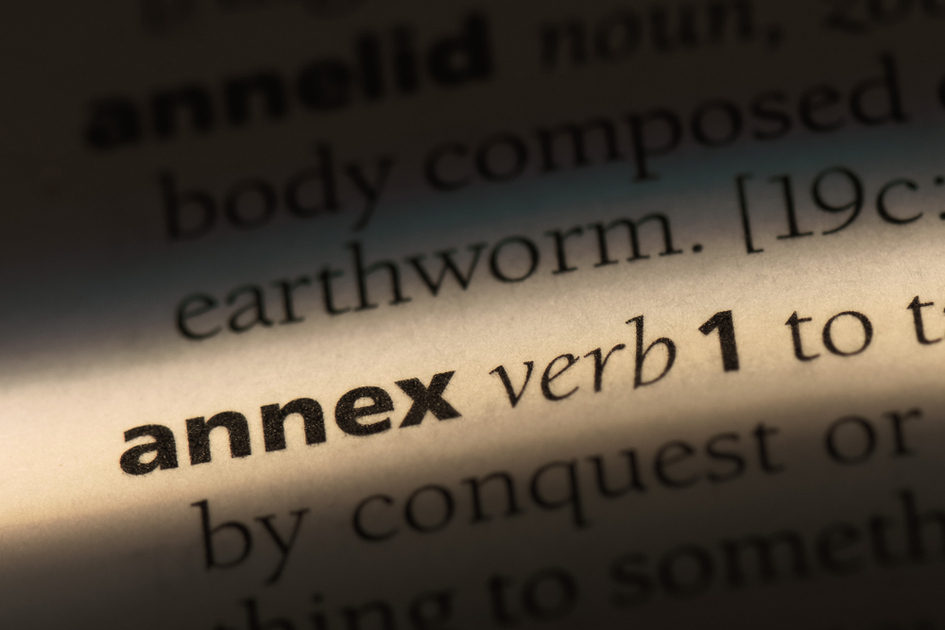Annexation may occur in a variety of ways. Voluntary annexation occurs where a landowner files a petition to be annexed. Alternatively, a municipality may proceed with involuntary annexation where certain statutory requirements are met, such as where a property is “wholly bounded” by another municipality. In Chicago Title Land Trust Company v. County of Will, 2018 IL App (3d) 160713 (May 18, 2018) the Court analyzed the legality of an involuntary annexation which was contingent on the validity of a voluntary annexation.
In this case, the Plaintiff filed a quo warranto action against the Village of Bolingbrook alleging that the Village entered into a “sham” voluntary annexation agreement with an adjacent property owner (Com Ed) to create contiguous boundaries to reach his property. The Appellate Court found that the ComEd annexation was a sham transaction, created exclusively for the purpose of allowing the Village to reach the Plaintiff’s property. It noted that ComEd did not have an independent desire to have its property annexed to the Village, but rather submitted the petition for voluntary annexation at the request of the Village. Thus, this annexation was found to be a nullity and could not be used to create contiguous boundaries with Plaintiff’s property. Further, the annexation of the ComEd property was premature and ineffective, and thus a nullity, because conditions precedent to ComEd annexation agreement had not occurred or been fulfilled. Thus, Plaintiff’s property was not “wholly bounded” by one or more municipalities, as required by Section 7-1-13 of Municipal Code, at the time of the passage of the ordinance attempting to involuntarily annex Plaintiff’s property.
If you have any questions about annexation agreements or contingencies, please do not hesitate to contact your Tressler attorney.
